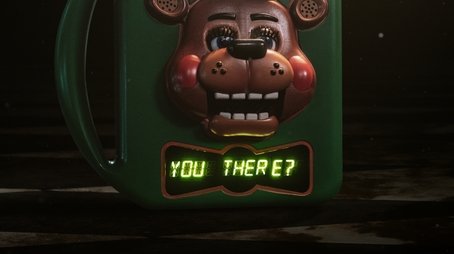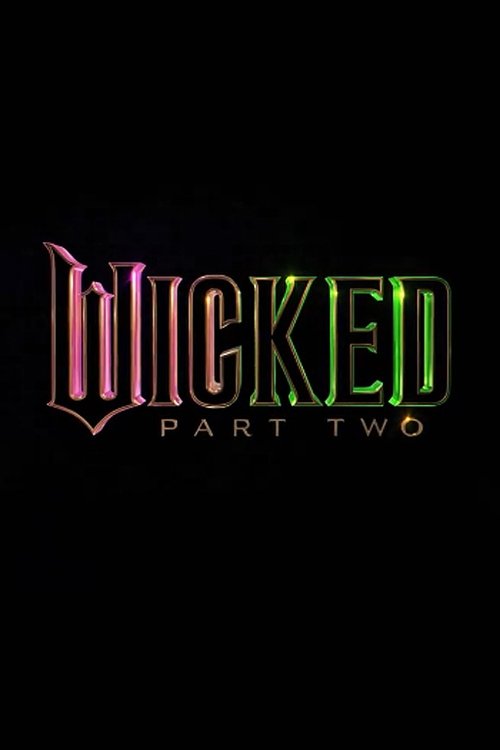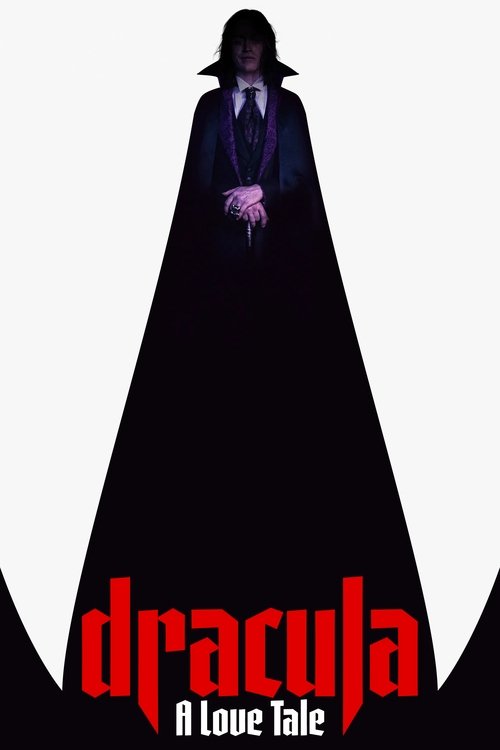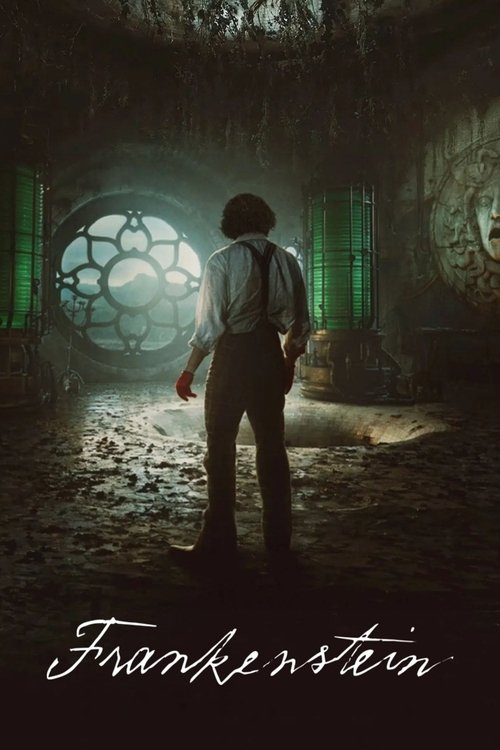
Ask Your Own Question
What is the plot?
Sorry, we aren't able to watch and write up a full detailed plot yet. Check back in a few days.
What is the ending?
The movie Three Minutes (2025) does not have a traditional narrative ending because it is a documentary titled Three Minutes: A Lengthening (2021) that focuses on a three-minute 16mm home movie filmed in 1938 in a Jewish town in Poland. The film meditates on the lives of the Jewish inhabitants before the Holocaust and attempts to "postpone its ending" by exploring the stories behind the footage. The documentary ends by emphasizing that as long as the footage is watched, history is not over yet, leaving the fate of the people in the film open and poignant rather than resolved in a conventional story sense.
Expanded narrative description of the ending scene by scene:
The film concludes by returning to the original three minutes of footage, showing the Jewish citizens of Nasielsk, Poland, going about their daily lives in 1938. The camera lingers on faces and moments of ordinary life--children playing, families gathering, and community members interacting. These scenes are interspersed with voiceovers from Glenn Kurtz, the grandson of the original filmmaker David Kurtz, who provides historical context and personal reflections. Maurice Chandler, who appears as a boy in the footage, shares his memories, adding a human voice to the images.
As the film progresses toward its end, the narration reminds viewers that these three minutes are the only moving images left of this community before the Holocaust. The film does not depict the subsequent tragic fate of the individuals shown but instead focuses on preserving their memory through the act of watching. The final moments emphasize the idea that by continuing to watch and remember, the history and lives of these people endure beyond the silence of the past.
No traditional plot resolution or character fates are shown on screen; rather, the film's ending is a reflective pause on memory, loss, and the power of film to keep history alive. The main "characters"--the Jewish inhabitants captured in the footage--are left in their moment frozen in time, their later fates implied by historical knowledge but not visually narrated. The documentary closes with a sense of reverence and remembrance, underscoring the importance of witnessing history to prevent its erasure.
Is there a post-credit scene?
For the movie titled Three Minutes produced in 2025, there is no specific information available in the search results about a post-credits scene. None of the provided sources mention Three Minutes or describe any post-credits content related to it.
The search results include details about post-credits scenes for other 2025 movies such as Thunderbolts and Companion, but Three Minutes is not referenced in any of these contexts. Therefore, based on the current information, it cannot be confirmed that Three Minutes has a post-credits scene, nor can a description of such a scene be provided.
Who is David Kurtz and what role does he play in the film Three Minutes?
David Kurtz is the American businessman who shot the original 16mm home movie footage in 1938 of the Jewish inhabitants of Nasielsk, a small Polish village. The film Three Minutes: A Lengthening is based on this footage, which was discovered and examined by his grandson Glenn Kurtz.
How does the film Three Minutes: A Lengthening explore the identities and stories of the people in the footage?
The film examines the three minutes of footage in detail, moment by moment, trying to identify the individuals shown and recount their fates. It uses different voices, including Glenn Kurtz and Maurice Chandler (who appears as a boy in the footage), to enhance the images and unravel the human stories hidden in the celluloid.
What is the significance of Maurice Chandler in the film Three Minutes: A Lengthening?
Maurice Chandler appears in the original 1938 footage as a young boy and shares his memories in the film, providing a personal connection and eyewitness perspective to the images and the community shown.
What techniques does the director Bianca Stigter use to extend and interpret the original three minutes of footage?
Bianca Stigter's film creatively edits the original three minutes of footage to create a film lasting over an hour. Techniques include running the film in reverse, isolating individual faces, and using narration by Helena Bonham Carter to meditate on the images and their historical context.
What happened to the Jewish community of Nasielsk after the footage was shot in 1938?
After the footage was shot, the Jewish community of Nasielsk was devastated during the Holocaust. In December 1939, many were deported to ghettos such as the Warsaw Ghetto and later transported to extermination camps like Treblinka. Of the approximately 3,000 Jewish inhabitants, only around 100 survived the Holocaust.
Is this family friendly?
The movie titled Three Minutes produced in 2025 is a documentary that offers a meditative glimpse into the lives of Jewish citizens in a small Polish village just before World War II. It contains emotionally charged scenes depicting the community being beaten and rounded up for deportation during December 1939.
Because of its subject matter related to the Holocaust and the violence shown, it is not family friendly for children or sensitive viewers. Potentially upsetting aspects include:
- Scenes of physical violence and abuse against civilians
- Depictions of fear, oppression, and forced removal of people
- The overall somber and distressing tone related to wartime atrocities
The film is informative but lacks broader historical context and is quite serious and intense, making it unsuitable for young children or those sensitive to traumatic historical events. It is more appropriate for mature audiences with an interest in history or Holocaust studies.











